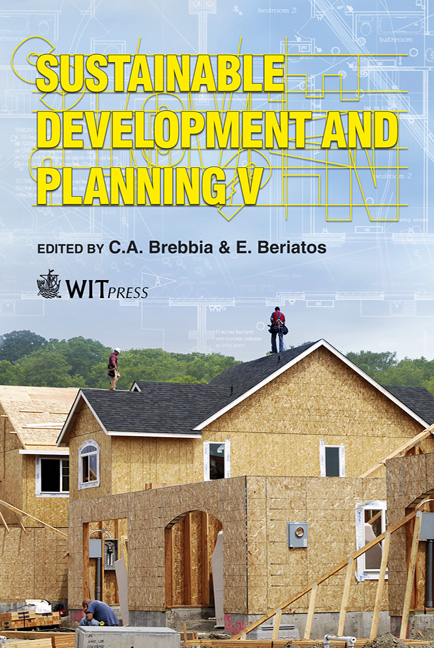An Overview Of Safety Effects On Pedestrians At Modern Roundabouts
Price
Free (open access)
Transaction
Volume
150
Pages
12
Page Range
261 - 272
Published
2011
Size
2,981 kb
Paper DOI
10.2495/SDP110231
Copyright
WIT Press
Author(s)
A. Granà
Abstract
Pedestrians are important users of the transportation system, but most guidelines have given them little importance in the geometric design of roads and intersections. In these cases it can be difficult for vehicles and pedestrians to share the road safely, particularly at intersections where vehicle-pedestrian conflicts (and the risk of vehicle–pedestrian crashes) can be a frequently recurring situation even with low pedestrian volume. In a sustainable safety vision road system planning and design must include engineering choices that help to improve the sharing of road space between vehicles and pedestrians, as well as for other vulnerable users. It is known that modern roundabouts are safer than other intersection forms both for effects on speeds and for effects on conflicts between road users; several road authorities, indeed, have foreseen to convert specific types of intersections into roundabouts. Summarizing international experience with roundabouts and pedestrians, the paper provides a review of the existing literature dealing with pedestrian safety and accessibility issues at roundabouts. First, safety aspects at modern roundabouts are presented, followed by a brief explanation of the effects of roundabouts on pedestrian safety documented in the scientific literature. At last, this research provides an overview of the current state of practice and implications in the roundabout design to maximize their potential with regard to safety pedestrians. Keywords: road safety, pedestrian safety, roundabout. 1 Introduction Modern roundabouts are circular intersection in which vehicles circulate anticlockwise the circulatory roadway installed around a central island and have
Keywords
road safety, pedestrian safety, roundabout.





